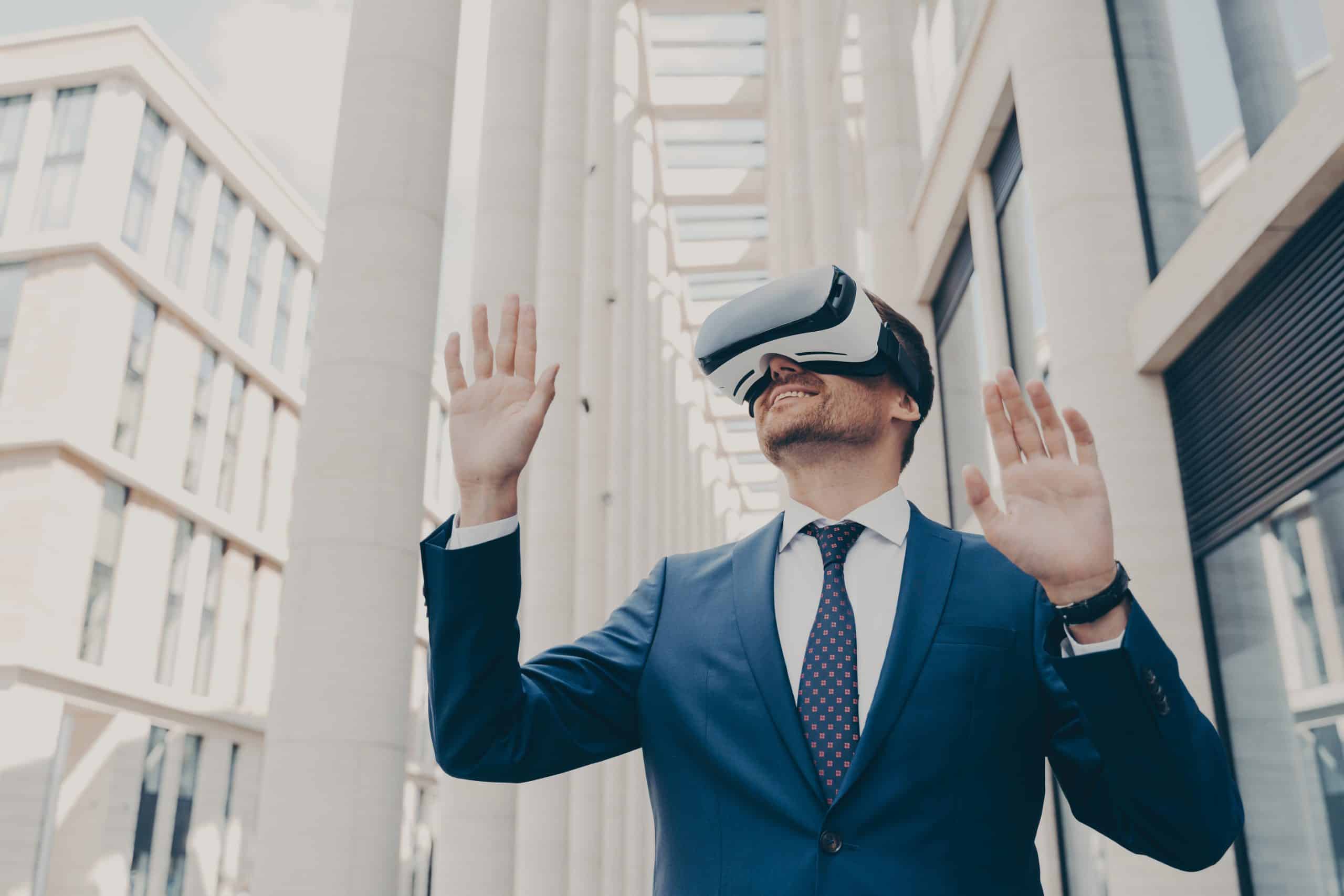How to Use Augmented Reality for Enhanced Product Demonstrations in E-commerce?

As an e-commerce entrepreneur, you constantly strive to provide your online shoppers with an engaging and immersive browsing experience. The rapid growth of digital technology and e-commerce has led to a vast array of tools to create such an experience. Among these tools, Augmented Reality (AR) stands out for its ability to bring products to life. AR enables you to create interactive and immersive product demonstrations, enhancing the reality of online shopping for your customers.
Augmented Reality: A Revolution in E-commerce
Augmented Reality (AR) is a transformative technology that overlays digital content onto the physical world. It allows customers to interact and engage with virtual objects as if they were real. In the context of e-commerce, this could mean customers trying out furniture in their homes or trying on clothes without leaving their homes.
In parallel : What Are the Steps to Create a Data-Driven Customer Retention Strategy for Online Retail?
In fact, AR has the potential to revolutionize online shopping, offering an entirely new and personalized shopping experience. This technology, which was once seen as a marketing gimmick, is now becoming a powerful sales tool for online retailers.
AR removes the guesswork out of online shopping. By enabling customers to visualize products in their own setting, AR reduces the risk of product returns and increases customer satisfaction. Moreover, it creates a fun and engaging shopping experience that can lead to longer browsing times and higher conversion rates.
Topic to read : What Are the Best Ways to Integrate CSR into Your Business Model for Brand Reputation?
Implementing AR in Your E-commerce Platform: The Basics
Before implementing AR in your e-commerce platform, it’s essential to understand how it works and what is required. AR uses sophisticated technology to overlay virtual objects onto the real world, as seen through a device’s camera. These virtual objects can be manipulated and interacted with, providing a rich and engaging user experience.
To implement AR, you’ll need an AR platform that can create, manage, and deliver AR experiences. There are several AR platforms available in the market, each with its own set of features and tools. Some platforms even offer easy-to-use templates and drag-and-drop interfaces for creating AR experiences without any coding.
Once you have chosen your AR platform, you’ll need to create your AR content. This could be 3D models of your products, interactive animations, or even augmented reality games. The key is to create content that is engaging, interactive, and provides value to your customers.
Case Studies: Examples of Successful AR Implementation
To give you a clearer idea of how AR can enhance your e-commerce platform, let’s look at some successful examples of AR implementation.
One notable example is IKEA, which introduced its AR app, IKEA Place, in 2017. The app allows customers to visualize how furniture and home decor products would look in their homes. This has not only helped IKEA increase online sales but has also reduced product returns.
Another great example is Sephora, a beauty and cosmetics retailer. Sephora’s Virtual Artist app uses AR to let customers try on different makeup products virtually. This provides a unique and personalized shopping experience and has significantly increased Sephora’s online sales.
Creating a Win-Win Situation with AR
With its ability to create immersive and interactive experiences, AR can be a game-changer for your e-commerce business. By providing customers with a virtual try-before-you-buy experience, you can significantly reduce the risk of product returns and increase customer satisfaction.
Moreover, by offering a unique and engaging shopping experience, you can attract more customers and increase your conversion rates. As more and more consumers become comfortable with using AR, it’s likely that the demand for AR-enhanced shopping experiences will only grow.
Implementing AR in your e-commerce platform can be a win-win situation. You can boost your online sales while providing your customers with an enhanced shopping experience. Keep in mind, though, that implementing AR is a long-term investment. It requires time, effort, and resources initially but can pay off exponentially in the long run.
The key to successful AR implementation is to focus on creating engaging and valuable AR experiences for your customers. Remember, the goal is not to create flashy and gimmicky experiences, but to enhance the shopping experience and increase customer satisfaction.
Augmented Reality and Social Media: Taking E-commerce to the Next Level
In the era of digital transformation, where social media is an integral part of consumers’ lives, harnessing the power of AR for social media platforms can significantly enhance the shopping experience. Integrating AR with social media allows customers to share their virtual try-ons and product visualizations in real time, thus enhancing their shopping experience and creating a buzz around your brand.
Let’s take a look at Warby Parker, an eyewear company that has effectively leveraged this approach. They have developed an AR feature within their app that enables customers to virtually try on glasses. The app seamlessly integrates with social media, allowing customers to share their virtual try-ons on platforms such as Instagram, Facebook, and Snapchat. This has not only improved the customer experience but also significantly increased the company’s brand awareness and conversion rates.
Similarly, clothing brand Zara launched an AR app that allows customers to see models wearing selected items from its range in various outdoor settings. Customers can share these visuals on social media, creating a buzz and driving traffic to the online store.
By integrating AR in your e-commerce operations and social media strategy, you are likely to see a surge in customer engagement, brand awareness, and conversion rates. It’s a strategy that not only enhances product visualization but also adds a layer of interactivity and personalization to the shopping experience.
Conclusion: Augmented Reality as the Future of E-commerce
In conclusion, Augmented Reality is revolutionizing the online shopping experience. With the power to create immersive and interactive product demonstrations, AR is playing a pivotal role in enhancing product visualization and promoting customer engagement.
Given the rapid advancement of this technology, it is essential for e-commerce entrepreneurs to understand its potential and implement it effectively. Whether it’s allowing customers to visualize products in real-time, integrating with social media for increased brand awareness, or improving conversion rates, AR has the potential to significantly enhance the e-commerce business model.
In a world where customer satisfaction is paramount, AR offers a way to provide a unique, personalized shopping experience. It reduces the guesswork out of online shopping and increases the chances of customer retention and repeat purchases.
With time, as more consumers become comfortable with using AR, the demand for AR-enhanced shopping experiences is only likely to grow. While it may require a significant investment initially, the long-term benefits that AR brings to the table – from reducing product returns to increasing conversion rates – make it a worthy investment for the future of e-commerce.
As an e-commerce entrepreneur, it’s time to embrace this powerful technology and step into the future of online shopping. Harness the power of AR to create engaging and valuable shopping experiences that make your brand stand out in the crowded e-commerce marketplace. Remember, in the realm of Augmented Reality commerce, the ultimate goal is to enhance the shopping experience and drive customer satisfaction.
